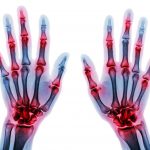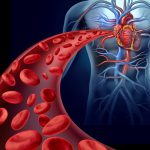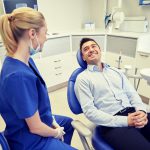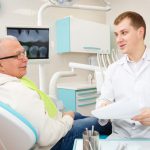
Without salivary testing we have no way of knowing the cause of the periodontal disease in the patients under our care.
The insights provided by salivary testing include:
Identification of the causative bacteria
Therapeutic endpoint
Risk assessment
Outcomes assessment
Risk of recurrence
Appropriate antibiotic
Incorporating the information from the salivary bacterial test into the periodontal patient’s treatment plan enables personalized care. Forget the one-size-fit...
Read More









